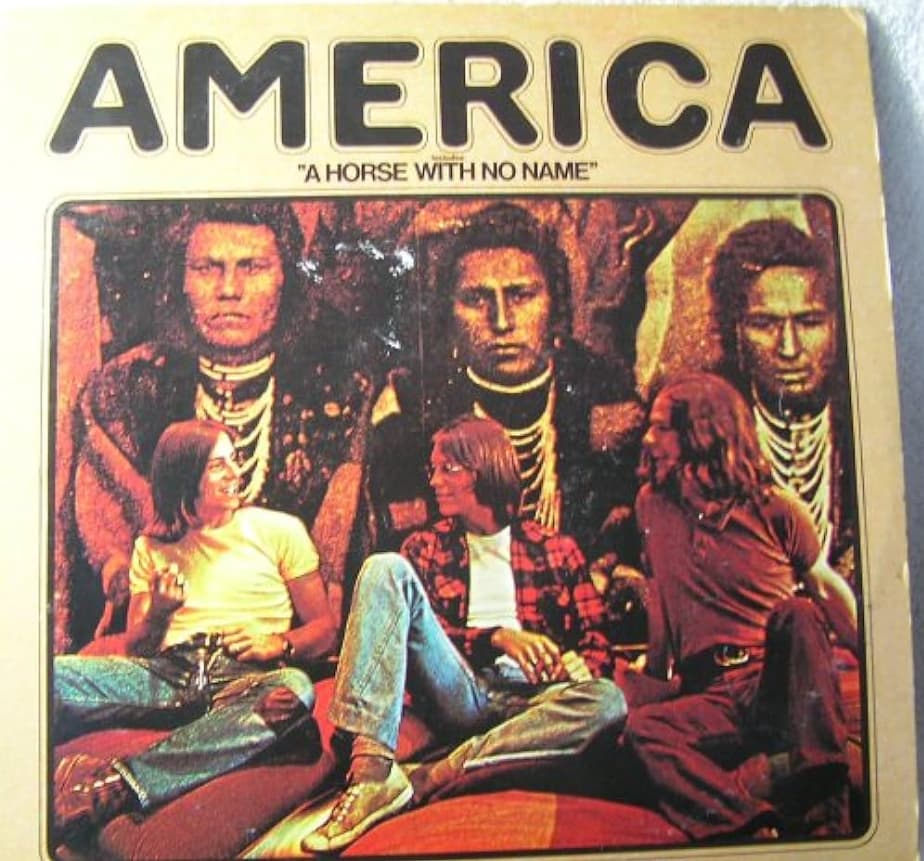
“A Horse with No Name” by America: A Journey Through Desert Solitude and Success
When America released their iconic track “A Horse with No Name” in early 1972, few could have predicted the profound impact it would have on the music landscape. This song, with its haunting melody and cryptic lyrics, quickly captured the hearts and minds of listeners around the world, becoming an anthem of the era. Written by Dewey Bunnell, the song embodies the quintessential qualities of folk rock, blending introspective lyrics with an unforgettable acoustic guitar riff. Its release on the Warner Bros. label marked a turning point for the band, catapulting them into the limelight and solidifying their place in music history.
The origins of “A Horse with No Name” are as intriguing as the song itself. Initially titled “Desert Song,” the track was conceived while the band was staying at the home of musician Arthur Brown in the English countryside. Surrounded by the serene yet barren landscapes, Bunnell was inspired by memories of his childhood travels through the Arizona and New Mexico deserts. The song’s imagery evokes a sense of wandering and searching, perfectly captured by the line “I’ve been through the desert on a horse with no name, it felt good to be out of the rain.” This metaphor of the horse as a vehicle for escape resonates deeply, offering listeners a means of retreat from the complexities of life.
Upon its release, “A Horse with No Name” quickly ascended the charts, reaching the number one spot in the United States, Canada, and Finland. It was a significant achievement for a band that had only recently made their debut. The song’s success was further cemented when it was certified gold by the Recording Industry Association of America (RIAA) on March 24, 1972. Its popularity led to its inclusion on a reissue of the band’s debut album, also titled America, which had originally been released without the track.
Critics and fans alike were captivated by the song’s mysterious lyrics and soothing, yet slightly eerie, melody. The sparse arrangement, featuring Bunnell’s distinctive voice layered over a simple, yet evocative, guitar line, allowed the song to stand out amidst the more complex productions of the time. Many listeners were drawn to the song’s ambiguity, speculating on the meaning behind the “horse” and the “nameless desert.” Bunnell has often explained that the song was a metaphor for a journey of self-discovery and a longing for peace, but its open-ended nature allowed each listener to find their own meaning within it.
Despite initial reluctance from their label, who were unsure if the song would appeal to both American and European audiences, “A Horse with No Name” proved to be a cross-continental hit. Its release in Europe at the end of 1971, followed by its U.S. release in early 1972, demonstrated the song’s broad appeal. The track’s success also paved the way for America to become one of the leading folk rock bands of the 1970s, with “A Horse with No Name” remaining a staple of their live performances and a defining moment in their career.
In conclusion, “A Horse with No Name” is not just a song, but a cultural artifact that continues to resonate with audiences decades after its release. Its simple yet profound exploration of solitude and self-reflection, set against the backdrop of a metaphorical desert, makes it a timeless piece of music that speaks to the human condition. For America, it was the song that put them on the map, and for listeners, it remains a hauntingly beautiful journey through the mind’s eye.